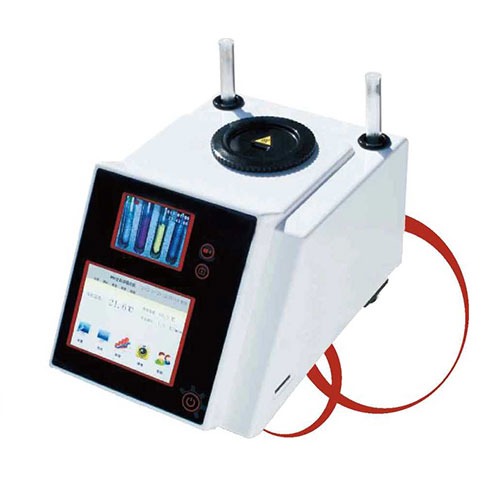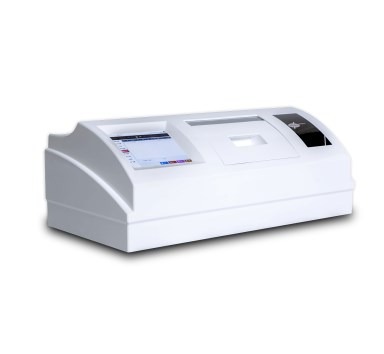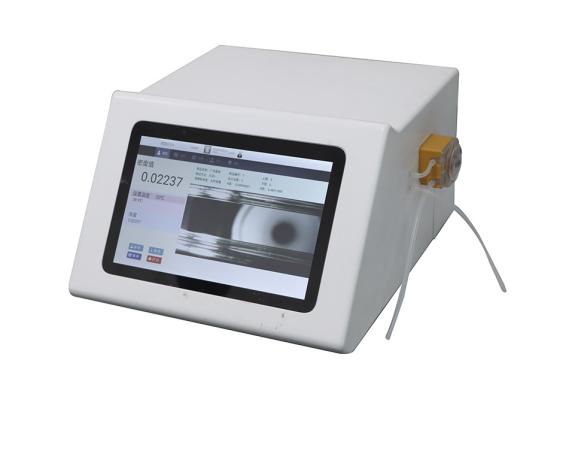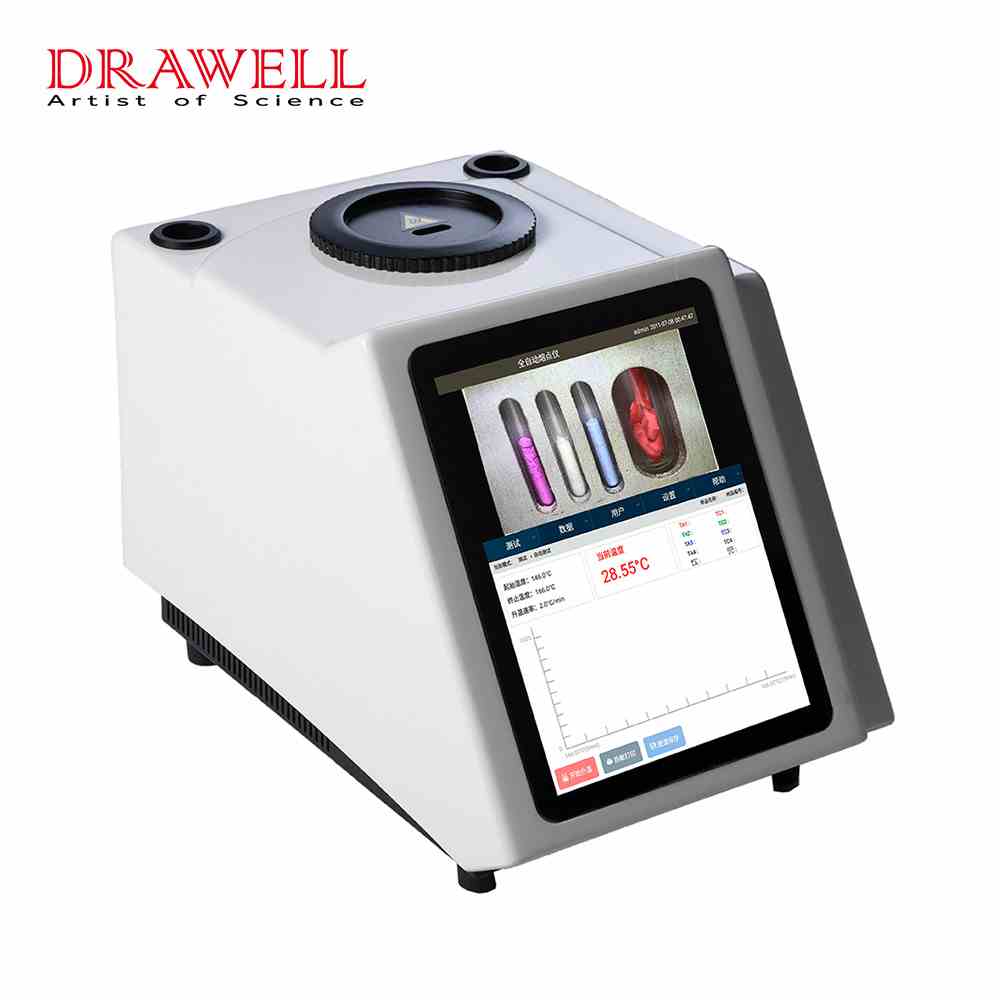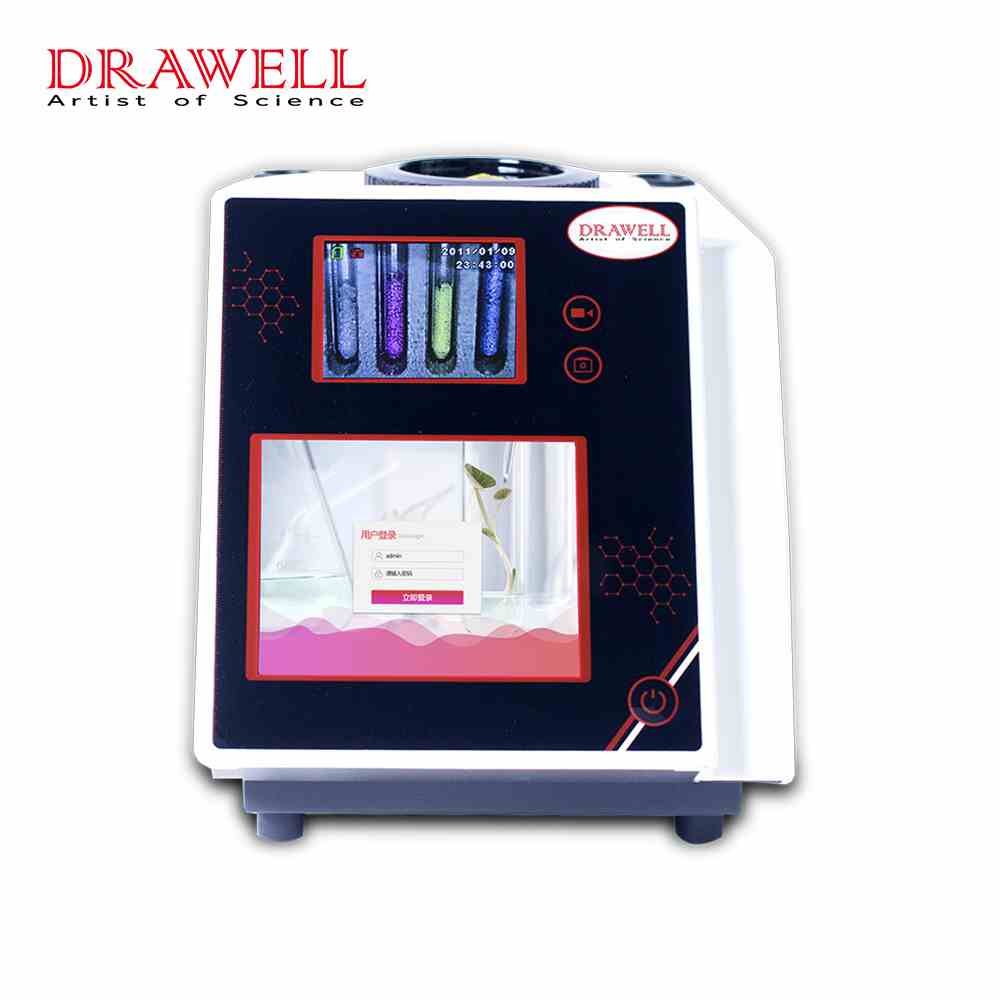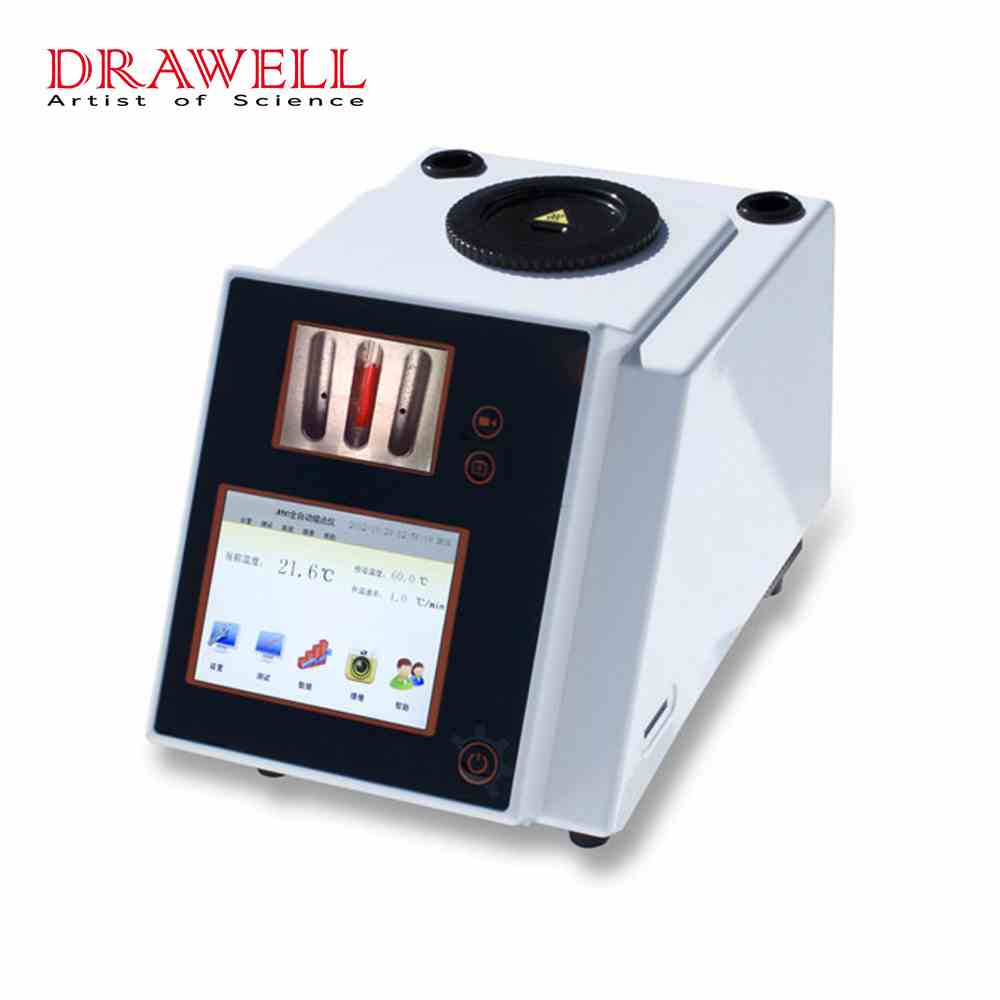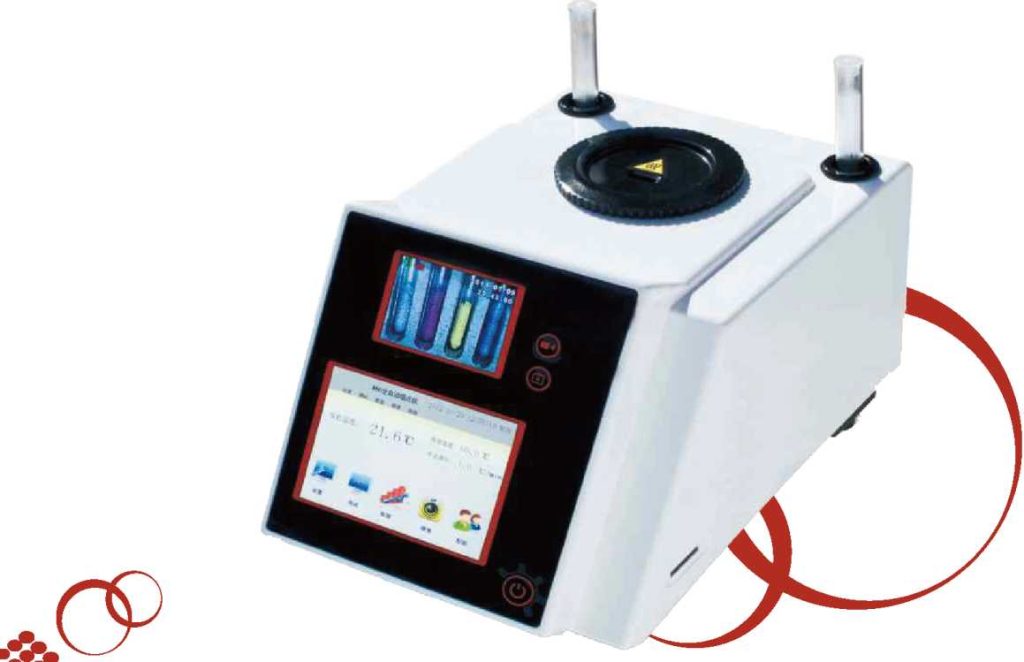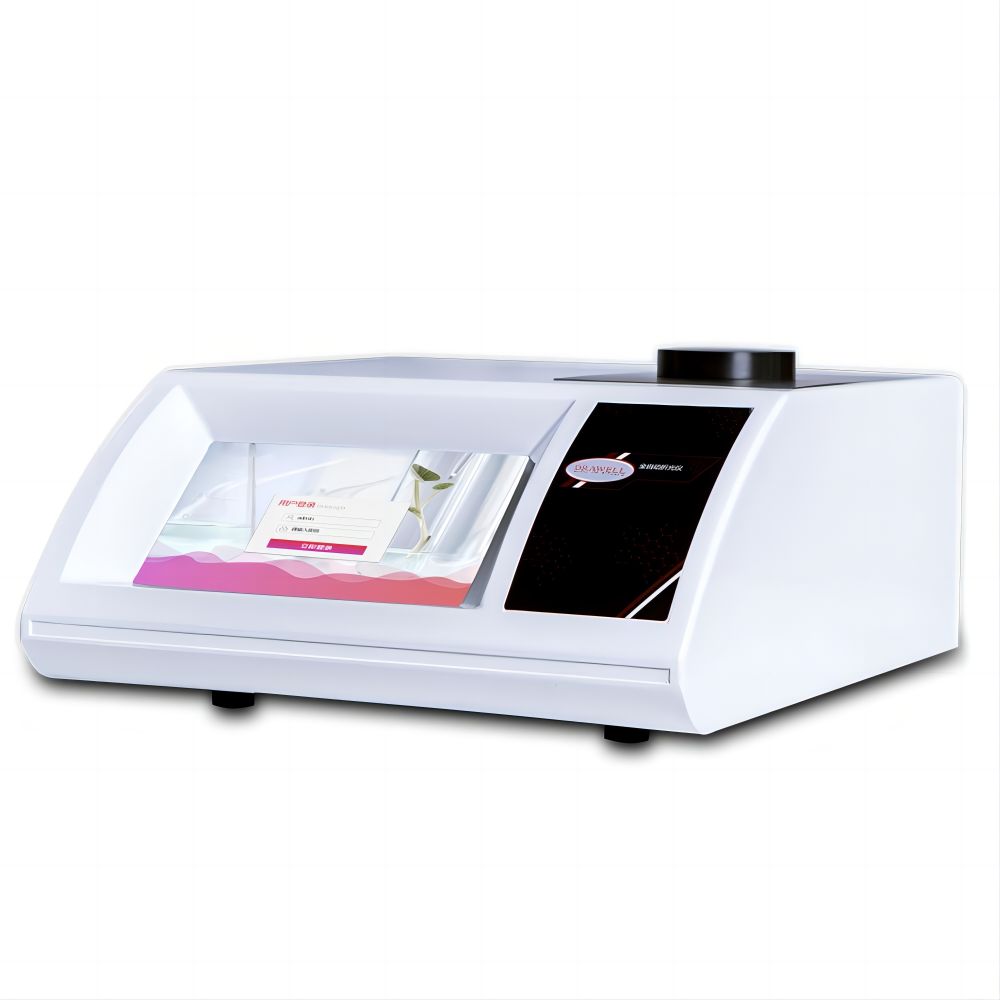A polarimeter is an instrument for measuring the optical rotation of an optically active substance. By measuring the optical rotation of the sample, the concentration, content, and purity of the substance can be determined by analysis.
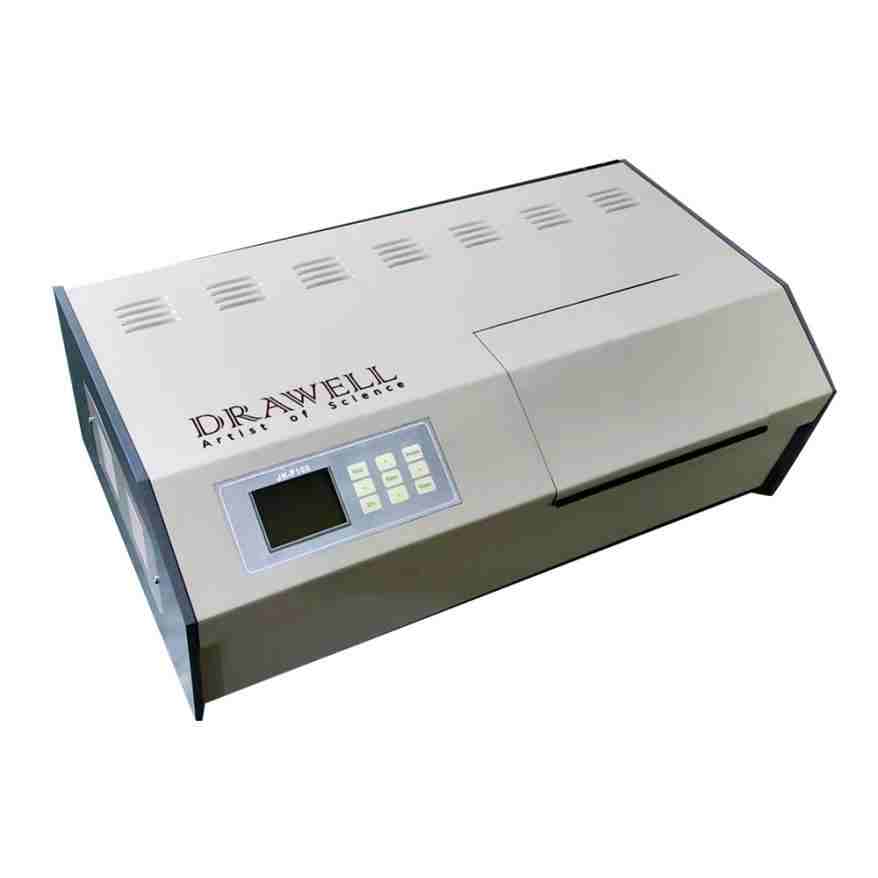
Principle of Polarimeter
Plane-polarized light is generated after natural light passes through the polarizer. If the optically active material is contained in the polarizer, when the polarized light passes through the material solution, the angle of the polarized light will be rotated to the left or right by a certain angle. The polarized light rotated by a certain angle can pass through the analyzer grating, and the analyzer must be rotated by a certain angle to see a bright light at the eyepiece. The rotated angle is the optical rotation of the solution of the substance to be tested.
Know These 8 Things Before Buying a Polarimeter
1. Which industries are polarimeters mainly used in?
Answer: It is widely used in the food, chemical, pharmaceutical, flavor, and fragrance industries.
2. What indicators should be paid attention to when purchasing a polarimeter?
Answer: Accuracy and repeatability are the most important indicators of the instrument. The sample transmittance can reflect the sensitivity of the instrument. Generally, samples with a transmittance of 1% are relatively sensitive. If you buy a temperature-controlled polarimeter, the temperature control accuracy is more important. If the temperature control accuracy is not high enough and the stability is not good enough, it is better to directly connect a water bath for temperature control.
3. What is the difference between using a sodium lamp as a light source and using LED as a light source for polarimeter?
Answer: First of all, all-optical rotation measurements must be measured at a fixed single wavelength. The wavelength of the sodium lamp in the air is 589.3nm, and the LED lamp can also reach 589.3nm after matching it with a special filter. Same effect as sodium lamps.
Secondly, the life of sodium lamps generally ranges from 50 to 200 hours, while the life of LED lamps is generally at least more than 5,000 hours, and the price of LED lamps is far lower than that of sodium lamps, so it is an inevitable trend for LED lamps to replace sodium lamps.
4. What samples need temperature control during testing?
Answer: Temperature has an effect on the optical rotation of all substances, so theoretically, the test of all samples will have certain requirements on temperature, but there are also some substances, such as sugar, which itself has a relatively complete temperature coefficient correction table, and Or if the user does not have high requirements for the final result, and the data deviation caused by temperature can be ignored, a polarimeter without temperature control can be purchased.
However, other tests will have strict requirements on temperature. Most of the samples to be measured do not have a determined temperature compensation coefficient. At the same time, GMP also strictly stipulates the test temperature requirements, so it is necessary to choose a polarimeter with temperature control.
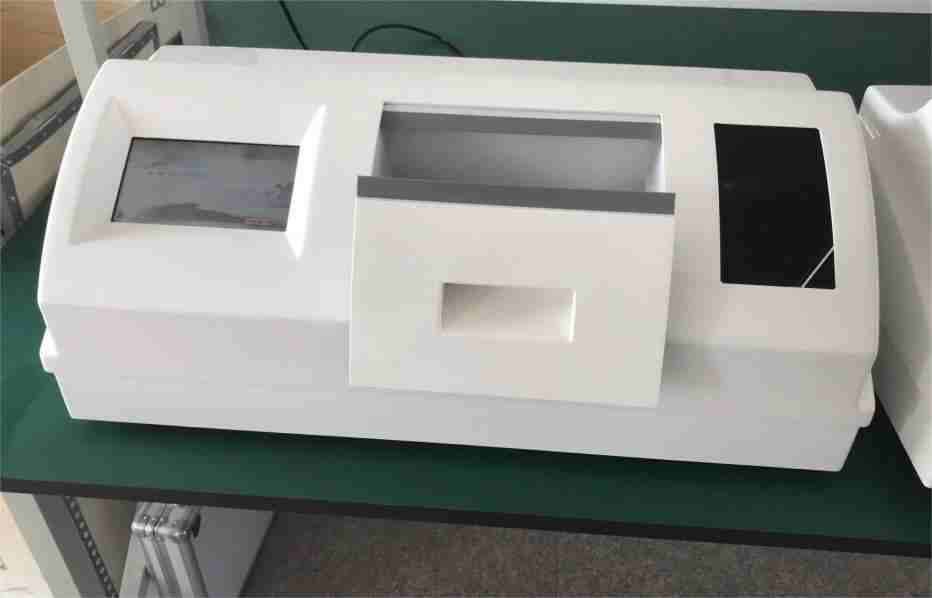
5. What kind of benefits can the automatic calibration function of the polarimeter bring us?
Answer: The instrument has an automatic calibration function, which allows users to know the operation of the instrument at all times, and adjust the test accuracy of the instrument in time so that the instrument can achieve good working condition from beginning to end.
6. What measurement modes does the polarimeter have?
Answer: There are mainly four modes of optical rotation, specific rotation, concentration, and sugar content. At present, several instruments launched by our company have the function of switching these four modes at will, which saves the user the tedious calculation again.
7. How often does the polarimeter with its calibration function need to be calibrated?
Answer: According to the frequency of use and the accuracy requirements, you can choose to calibrate once a week or a month. If the user concentrates on using a certain angle of measurement, he can also choose a quartz standard polarimeter that is closest to the test angle every day to calibrate the instrument. Perform calibration.
8. What influence does the external environment have on the measurement results of the polarimeter?
Answer: Since the temperature influences the measurement results of the sample, it is recommended that the user try to keep the room temperature close to 20 degrees even under the conditions that the temperature control measurement of the sample can be carried out. The best working environment for the instrument can be 15-25 degrees. To avoid the temperature difference between the ambient temperature and the test temperature is too large, resulting in inaccurate test results.

